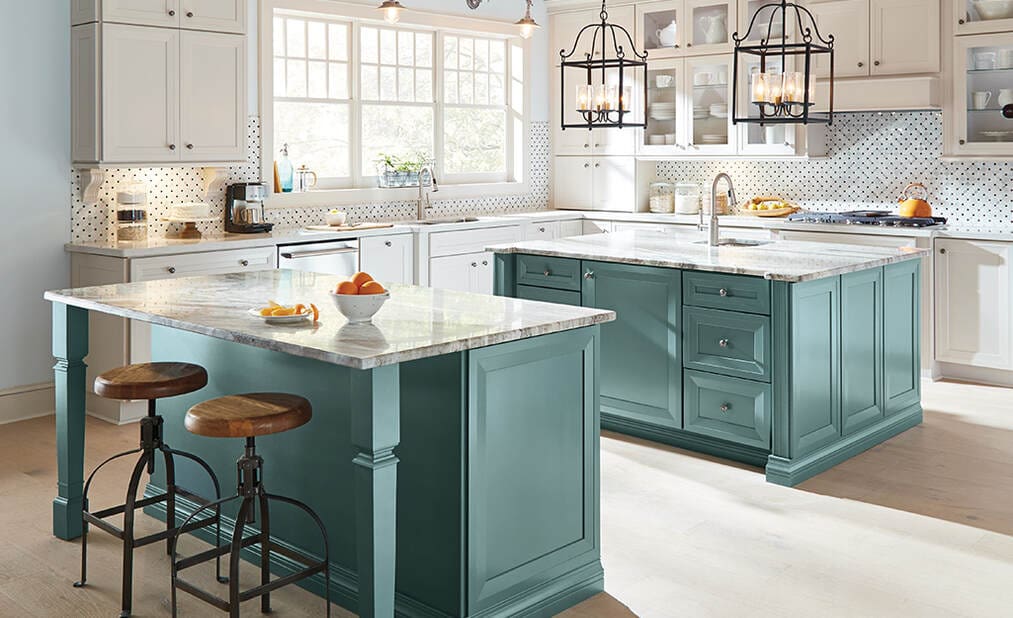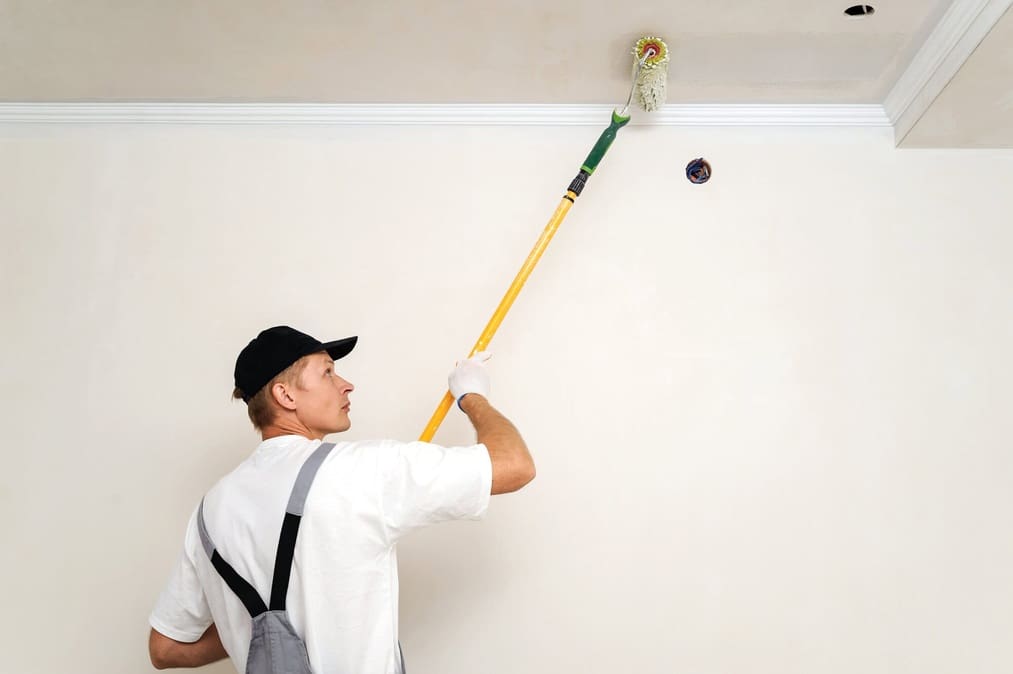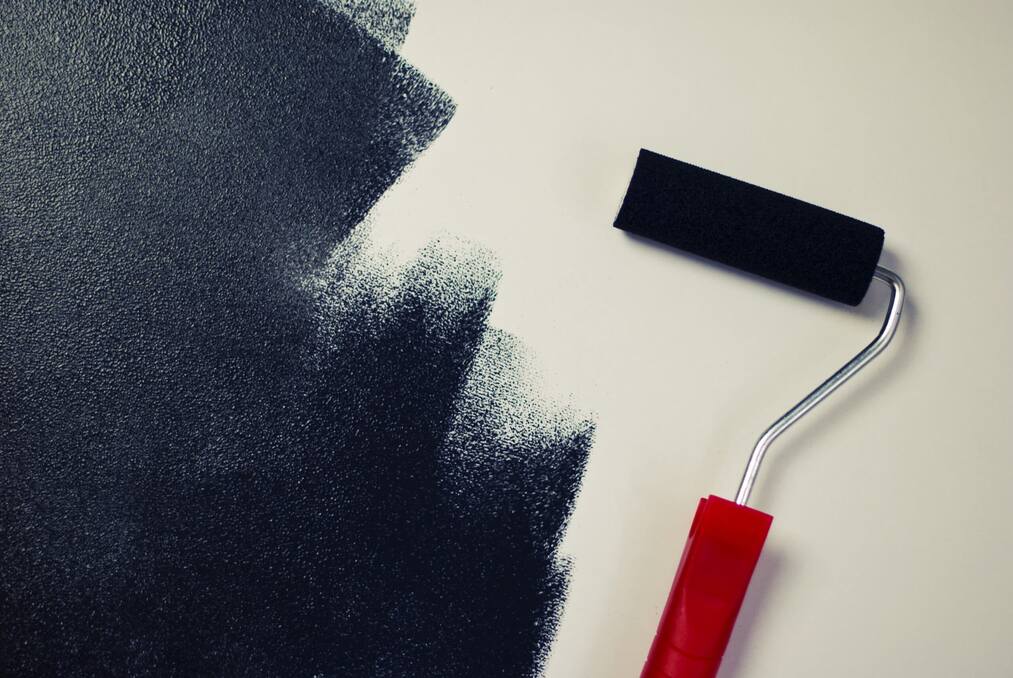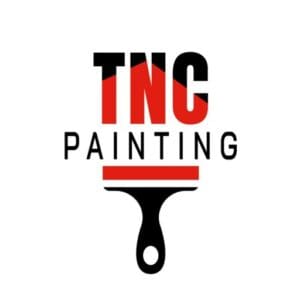How Professional Painters Handle Humid Interiors in West Michigan
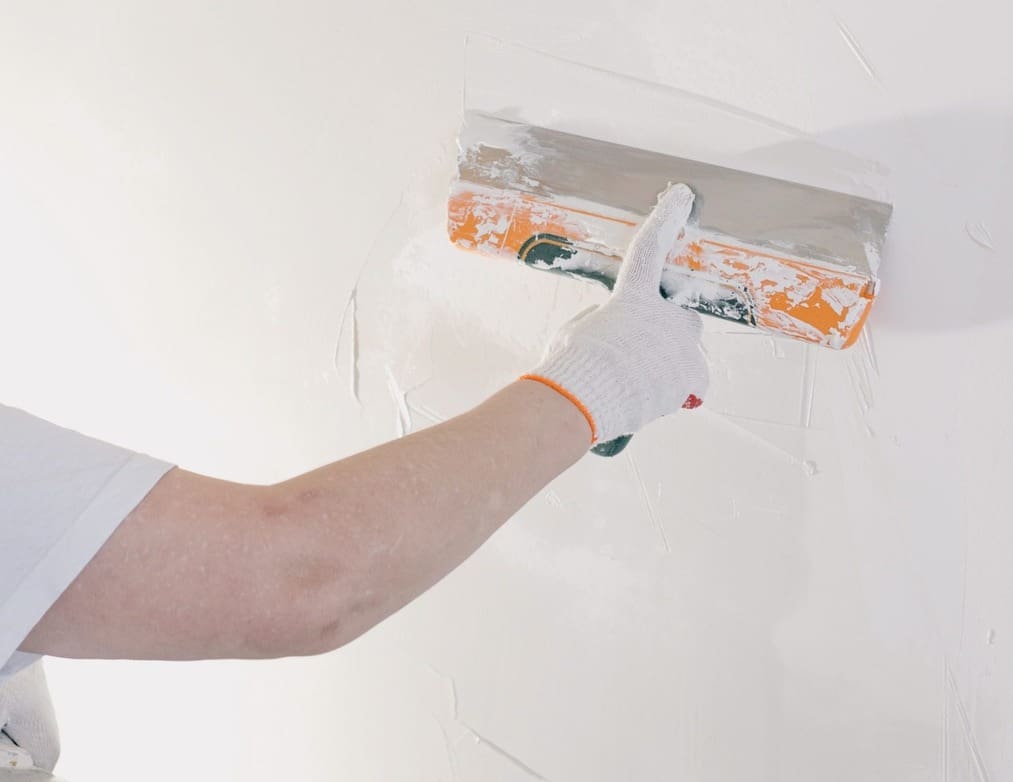
Anyone who’s spent a summer in West Michigan knows how unpredictable the humidity can be. One day it’s comfortable and dry; the next, the air feels like a sauna. While most people think about humidity in terms of comfort, professional painters know it plays a much bigger role when it comes to interior painting in humid climates.
High humidity doesn’t just affect how paint feels going on it changes how it dries, adheres, and performs over time. Homeowners who try to DIY interior painting during muggy conditions often run into bubbling, streaking, or paint that simply won’t cure properly. These aren’t cosmetic issues — they’re signs that moisture is getting in the way of a lasting result.
In West Michigan, where moisture levels can fluctuate quickly and significantly, experienced painters take a much more strategic approach. They use products, tools, and timing techniques designed to deal with humid interiors — not work against them.
The Risks of Painting in High-Humidity Conditions
Humidity might be invisible, but its effects on paint are hard to miss. When there’s too much moisture in the air, paint reacts differently — and not in a good way. For homeowners attempting interior painting in humidity without professional oversight, the results can range from frustrating to outright damaging.
Here’s what high humidity can do during a paint job:
- Prolong drying time – Paint takes longer to dry, which increases the risk of smudging, sagging, or attracting dust and debris.
- Cause bubbling and blistering – Moisture gets trapped between the wall and the paint layer, leading to unsightly bubbles that eventually pop or peel.
- Prevent proper adhesion – Even with good surface prep, high moisture can keep paint from bonding, especially on porous materials like drywall or bare wood.
- Lead to uneven coverage – Paint applied over damp patches may streak or flash, showing inconsistent sheen once fully cured.
These aren’t issues a fan or open window can fix. In areas like West Michigan — where summer humidity can soar and indoor moisture builds up in kitchens, bathrooms, and basements — painting without addressing humidity first is a risk professionals simply don’t take.
How Professionals Prep for Humid Interiors
In West Michigan’s climate, where indoor humidity can spike during summer or linger in moisture-prone rooms, surface prep becomes mission-critical. Professionals don’t just tape and paint — they begin with a thorough assessment of how moisture may already be affecting the interior.
Proper preparation is what prevents failure down the road. Here’s how pros tackle it when performing interior painting in humidity:
- Moisture testing – Professionals use tools like digital moisture meters to check for excess moisture in drywall, plaster, or trim before painting begins.
- Targeted cleaning – Surfaces are washed with mold- and mildew-killing solutions, especially in areas like bathrooms, laundry rooms, or basements.
- Priming with the right products – High-humidity environments call for stain-blocking, mildew-resistant primers that promote adhesion and resist peeling.
- Surface repair and sealing – Any water-damaged areas are patched, sanded, and sealed to prevent ongoing moisture problems from returning under the new paint.
Prep work is always essential, but it’s especially important when humidity is high. A skilled painter doesn’t cut corners — they know that time spent prepping in the beginning pays off in how long the final finish lasts.
Choosing the Right Paint and Finish for West Michigan Homes
Not all paint is created equal — and that matters a lot when working in a humid region like West Michigan. For professionals, selecting the right product is just as important as applying it correctly. They understand that the wrong formulation can lead to mildew growth, peeling, or dull finishes that don’t hold up under moisture stress.
When handling interior painting in humidity, pros look for paints that are specifically designed to perform in challenging conditions. This includes:
- Moisture-resistant formulations – These paints are made to resist bubbling and blistering when exposed to high humidity.
- Mildew-resistant additives – Especially important in kitchens, bathrooms, and laundry rooms, where condensation is common.
- Durable finishes – Semi-gloss or satin finishes are often recommended in humid areas because they’re more resistant to moisture and easier to clean.
- Quick-drying but flexible – Quality products designed for humid environments cure more reliably without sacrificing flexibility or adhesion.
Professional painters are also familiar with how specific brands and product lines perform in the West Michigan climate. This level of expertise means they can recommend paints that won’t just look good on day one — but will continue performing well through hot, sticky summers and dry winters.
Adjusting Application Techniques and Timing
In a dry climate, paint can be applied on autopilot. But interior painting in humid climates like West Michigan requires more thought — not just about products, but about when and how to apply them. Professionals adjust their approach based on daily conditions, room ventilation, and moisture levels inside the home.
Instead of sticking to a rigid timeline, they tailor the job to the environment by:
- Avoiding peak humidity hours – Painting in the early morning or late afternoon, when humidity is lower, helps paint dry evenly.
- Using HVAC or dehumidifiers – Climate control tools keep moisture in check during and after application.
- Allowing extra dry time – Professionals know not to rush second coats, even if the surface feels dry to the touch.
- Monitoring airflow – Proper ventilation prevents trapped moisture, especially in enclosed areas like bathrooms or stairwells.
It’s not about shortcuts — it’s about patience and timing. These expert adjustments are what keep interior paint looking crisp and durable even during Michigan’s most humid stretches.
Humid Doesn’t Mean Impossible — It Means You Need a Pro
Painting indoors in West Michigan’s humid climate comes with more than a few complications. From longer dry times to bubbling and peeling, moisture can undermine even the best intentions. But the solution isn’t to avoid painting — it’s to work with a professional who understands how to manage the conditions and deliver a long-lasting, quality finish.
Professional painters don’t just know which products to use — they know how to test for moisture, prep correctly, time the application, and monitor every variable that could affect the outcome. That level of attention is especially important for homeowners in regions where high humidity isn’t an occasional problem — it’s part of the environment.
So if you’re considering an update, or frustrated with paint that isn’t holding up the way it should, it might be time to ask a pro how climate is playing a role. A local expert can guide you toward a solution that doesn’t just look good today — but still looks good next season and beyond.

